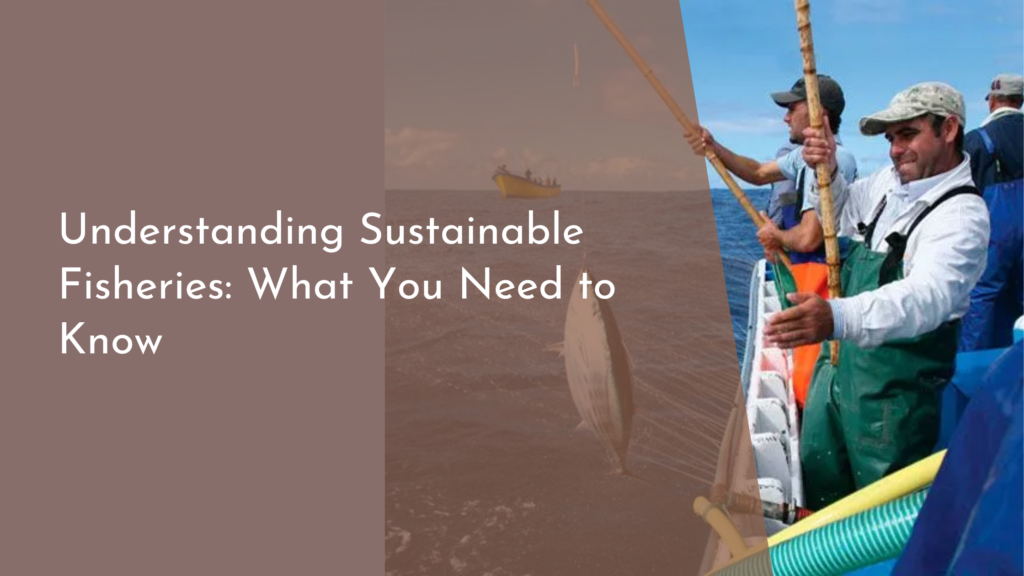Leveraging big data for wildlife population analysis
In the age of information, the convergence of big data and wildlife studies is unlocking new possibilities for understanding and conserving our planet’s diverse ecosystems. By harnessing vast amounts of data collected from various sources, researchers and conservationists are gaining deeper insights into wildlife populations, their behaviors, and the threats they face. This article explores how big data is shaping wildlife population analysis, the transformative impact of data analytics on conservation efforts, innovative tracking tools, and inspiring success stories that demonstrate the power of these technologies in preserving nature.
Unlocking Nature’s Secrets: Big Data in Wildlife Studies
Big data refers to the massive volumes of information generated from numerous sources, including satellite imagery, GPS tracking, social media, and even environmental sensors. In wildlife studies, this wealth of data provides researchers with unprecedented opportunities to analyze the intricacies of animal behaviors and habitats. By integrating various datasets, scientists can identify patterns and correlations that were previously impossible to discern, revealing critical insights into population dynamics and ecosystem health.
Moreover, big data allows researchers to monitor animal populations on a scale that was once unimaginable. For example, traditional methods of counting wildlife often involved time-consuming field surveys. However, with the advent of big data analytics, it is now possible to use automated systems and algorithms to process information collected from drones, camera traps, and even mobile apps. This not only enhances the accuracy of population estimates but also enables a more agile response to conservation challenges.
How Data Analytics is Transforming Wildlife Conservation
Data analytics has emerged as a game-changer in wildlife conservation, offering tools to make sense of complex datasets and derive actionable insights. By employing advanced statistical techniques and machine learning algorithms, researchers can predict population trends, assess habitat suitability, and evaluate the impact of environmental changes on wildlife. These analyses guide conservation strategies, ensuring that resources are allocated efficiently and effectively.
Furthermore, data analytics fosters collaboration among stakeholders, including governments, non-profits, and local communities. By sharing data and insights, these groups can coordinate their efforts, align their objectives, and work towards common goals in wildlife conservation. This collaborative approach not only enhances the effectiveness of conservation programs but also builds a sense of shared responsibility for protecting our natural heritage.
Innovative Tools for Tracking Animal Populations Effectively
The technological advancements of the digital age have birthed a range of innovative tools for tracking animal populations effectively. GPS collars and satellite tracking devices have revolutionized the way researchers monitor animal movements and migrations, providing real-time data on their locations and behaviors. This information is invaluable for understanding migration patterns, habitat use, and even the effects of climate change on wildlife.
Additionally, advancements in remote sensing technology have enabled scientists to monitor large areas of land with minimal human interference. For instance, drones equipped with high-resolution cameras can survey hard-to-reach habitats, providing critical data on animal populations and environmental conditions. Combined with big data analytics, these tools empower researchers to make informed decisions about conservation efforts and respond proactively to emerging threats.
Success Stories: Big Data Making a Difference in Nature
The integration of big data into wildlife studies has yielded remarkable success stories that exemplify its potential for positive change. One notable example is the recovery of the North American bison population. By analyzing historical data, satellite imagery, and genetic information, conservationists were able to identify suitable habitats for reintroduction efforts. This data-driven approach has helped increase the bison population from near extinction to sustainable numbers across the Great Plains.
Another inspiring case is the use of big data to combat poaching in Africa. Organizations are leveraging machine learning algorithms to analyze patterns in poaching activities, leading to more strategic anti-poaching patrols and resource allocation. By integrating data from various sources—such as social media, satellite imagery, and field reports—conservationists have been able to significantly reduce poaching incidents and protect endangered species like elephants and rhinos. These success stories illustrate how harnessing big data can lead to meaningful and lasting impacts on wildlife conservation.
As we continue to explore the potential of big data in wildlife population analysis, it becomes increasingly clear that technology, when combined with a passion for conservation, can lead to extraordinary breakthroughs. By unlocking nature’s secrets with data analytics, we pave the way for more effective wildlife management and protection. The stories of success remind us that, with innovation and collaboration, we can foster a brighter future for our planet’s incredible biodiversity. Let us embrace these tools and work together to safeguard the wildlife that enriches our world!

